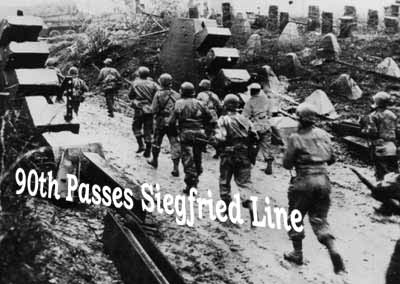

Saar River Crossing — Siegfried Line
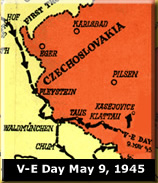 At a quater past four on the morning of the 6th of December, the Third Battalion, led by I Company and L Company scrambled down the steep banks near Oberlimberg, Germany and quietly loaded into assault boats, and made its way across the Saar River. The Second Battalion, crossing after daylight faced heavy mortar and machine gun fire from enemy pillboxes commanding the river line. Once across the battalions faced the fortified cities of Pachten and Dilligen, bulwarks of the Siegfried Line. (Editor's Note: My father was wounded on December 13th, 1944.)
At a quater past four on the morning of the 6th of December, the Third Battalion, led by I Company and L Company scrambled down the steep banks near Oberlimberg, Germany and quietly loaded into assault boats, and made its way across the Saar River. The Second Battalion, crossing after daylight faced heavy mortar and machine gun fire from enemy pillboxes commanding the river line. Once across the battalions faced the fortified cities of Pachten and Dilligen, bulwarks of the Siegfried Line. (Editor's Note: My father was wounded on December 13th, 1944.)
The main thouroughfares took on the names like "88 Street" and "Purple Heart Avenue." It became a war against steel and concrete. Troops were raked by fire from pillboxes cleverly concealed in harmless looking barns and shops. For sixteen days and nights the battalions hit again and again into the enemy's fortifications. Continuously hammered day after day, the enemy was systematically blown out of one pillbox after another, as all three Battalions were employed to clear the major portion of Dilligen.
Then one day came the startling news of the great German counteroffensive in the Ardennes - The Battle of the Bulge. On December 21st, the 90th Division withdrew across the Saar, forsaking its sizeable dent in the Siegfried Line and moved to a defensive position in the Saar-Moselle triangle facing the Siegfried Line again. The holidays were days of patrolling and constant alert for unusual enemy activity. Tanks and artillery helped-but GI guts and fighting skill cracked the Siegfried Line. Until the 22nd of February the Battle of the Siegfried Line was a pillbox to pillbox job. From here it was a ratrace to the Rhine, with the Third Battalion covering an average of 25 miles a day. 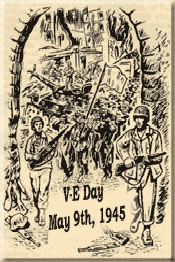
The end of March came rolling around as the "Terrific Third" took the industrial center of Hof and crossed the Czechoslovakian border, becoming the first American unit to do so. April was spent skirting the Czech border against almost no opposition. It was during this periond that the battalion uncovered the famed Salt Mine of Merkers. (Editor's note: The gold and art treasures of the Nazis were discovered in this mine in 1945 by American troops.The War in Europe ended on my father's birthday, May 9, 1945.)
V-E Day found the Third Battalion sweeping the woods in Czechoslovakia. From D-Day to V-E Day the Battalion suffered almost 2,000 casualties, including over 400 dead. Awards received for the same period included 15 Distinguished Service Crosses, 116 Silver Stars, 223 Bronze Stars and 3 Croix de Guerres.

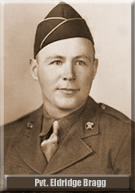 Click here
Click here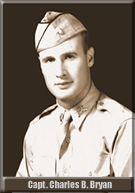 Click here
Click here